Every kid always wanted to live in a castle. Our images of castles consist of vague fairy tale notions, with moats and drawbridges and knights in shining armor. Oh, and maybe a dragon or two. But in reality, that doesn’t really come close to encapsulating what castles actually were, not to mention how far a typical Disney castle is from the real thing in terms of aesthetics. Here are some real lesser known facts about castles…
10. “Castle” is Actually a Pretty Confusing Term
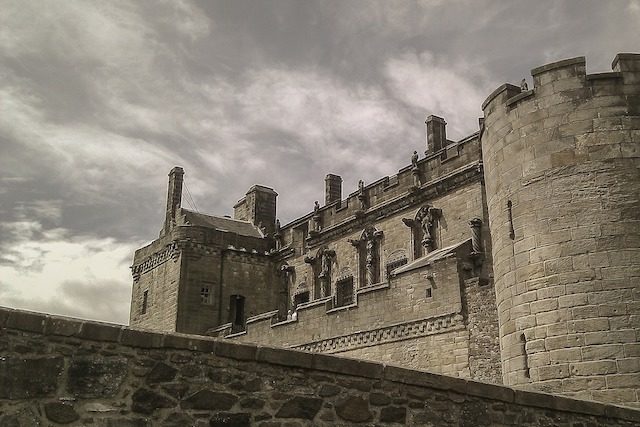
In defining what a castle actually is, English could stand to do a little better. In French, the word Chateau means castle, but when referring to a properly fortified castle it would be called a chateau fort. The German language defines a fortified castle as a Burg, while a structure that looks castle-like but lacks practical fortifications, such as a manor house, would be a schloss, such as Schloss Neuschwanstein. In English, the historical use of the word ‘castle’ has been to refer to fortresses, citadels, manor houses, and palaces… even though these structures can be very distinct from one another. The modern use of the word castle refers to any building with medieval style battlements, regardless of whether they are functional or aesthetic.
The medieval use of the word castle fundamentally referred to a building with functional battlements, meaning it could properly protect the occupants inside and provide multiple ways for those occupants to repel attackers. In addition to this definition a real castle most often served as a specific family’s residence and a place of local government. All other castle-like structures that don’t conform to this medieval standard are not real medieval castles, and should have a prefix in their description, such as converted-castle, Japanese-castle, house-castle, fantasy-castle, or fake-castle.
Of course, this isn’t going to change the casual use of the word castle to refer to any castle-like building, but it’s good to know the proper definitions.
9. Land Was Won by Conquering Castles
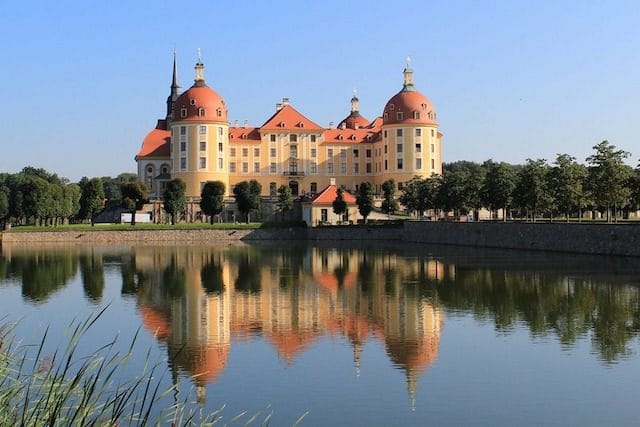
The feudal system had no state run military. Instead, the military force of the medieval period was fielded by local lords who had sworn fealty to greater lords. These soldiers were a mix of both men at arms and knights. A king could command his lords to rally for war, but generally the individual soldier obeyed his lord before the king, as demonstrated by the many rebellions and uprising by local lords against their kings throughout the medieval period. This would have been impossible if the state, or king, controlled the military.
Yet even though this military was fragmented by location and commanders, they still needed a secure place to train and maintain themselves and their arms, rest, and resupply. These places were, of course, the castles and fortified cities of the time (which often had castles within them called citadels), and they served as the medieval soldier’s military base. An army that had access to such a base near a point of conflict held a profound advantage over an attacking force, because they could strike out in skirmishes against a mostly vulnerable aggressor.
Once the skirmish was complete, they could retreat back to a very secure location that couldn’t be attacked in return with such ease. The attacking army could ransack the surrounding land but that didn’t deal with the defending army, which would be striking at their flanks as much as possible. Land was the most valuable resource that an attacking army could take, and land couldn’t be permanently taken until the defending army in that land was dealt with, which meant dealing with the castle.
8. Location, Not Design, Was Key to a Castle’s Defense
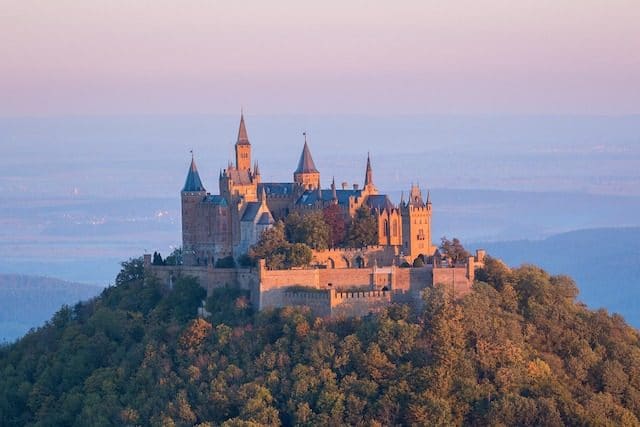
Of course design was important for defense, and castles were most useful in strategically important locations. But if placed on an advantageously steep, high, or secluded hill, the castle could become nearly impregnable through sheer inaccessibility.
This is especially true in respect to things like siege towers and trebuchets, as they simply couldn’t be used if they couldn’t get close enough. There are many historical castles that were placed in such commanding positions that they were never taken by direct assault.
7. The Gatehouse, Not the Keep, Was the Best Defended Part of the Castle
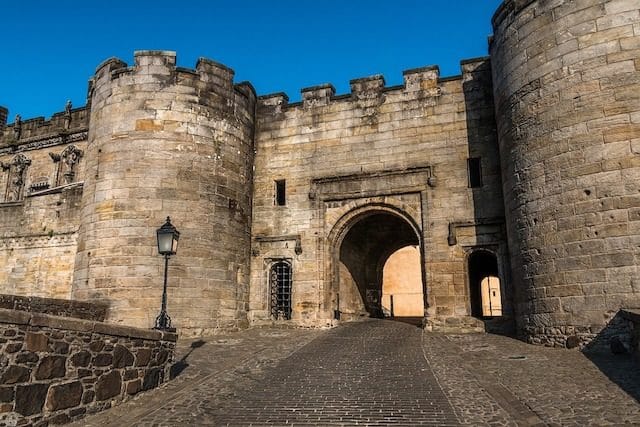
As much as castle design is focused on preventing people from getting in, they still need a primary entrance. This entrance was the weakest part of a castle, because it was much easier to get through an entrance that was already there than going to the trouble of forcibly making a new one. This entrance would be as big as needed, for carts and wagons, and as small as possible, to bottleneck any attackers trying to get through. This means those massive gates we see on many fantasy castles are very impractical and unrealistic. The larger the gate, the harder it is to defend.
A gatehouse would usually have overhanging battlements or flanking towers at its front, and a portcullis (a large wooden grate that could be raised and lowered when needed) over the entrance. Yet these features only frame the bare basics of what could have been added to a medieval gatehouse, because many were as heavily fortified as possible. Heavily fortified gatehouses often had drawbridges, multiple portcullises to trap the enemy inside, and murder holes and arrow slits to attack any aggressor passing through.
6. A Castle’s Internal Walls Weren’t Bare Stone

The idea that medieval people went around covered in dirt, wearing clothes muted in browns and grays, couldn’t be further from the truth. Medieval people loved color, and the more color you could display in dress and in your home – especially those colors that were hard to fabricate through dyes – the greater wealth implied.
The image that castle interiors were all stone brick is very inaccurate, and the reason people assume this is because the lime painted whitewashed plaster that covered these walls has worn away over time, leaving bare stone. The people who lived in castles were rich, and they wanted to be seen as rich. One way they did this was to paint the plastered walls and roofs of their living spaces with colorful patterns and murals, often very garishly to modern standards. Seriously, historical castles were a veritable riot of colors.
5. As a General Rule, Castle’s Didn’t Have Large Windows

The purpose of a castle was not only to keep people out, but to aggressively repel them. Any hole on the outside of a castle that was large enough for a man to fit through would be a very big problem. This meant that most outwards facing castle windows were very thin. The exceptions to this was if the window was high enough that it would be extremely difficult or suicidal for an attacker to reach it, or if the windows faced the internal ward or bailey of a castle, because such windows couldn’t be directly assaulted by external attackers.
It should be noted that the historical castles you can find that have large windows on the outside and near ground level were retrofitted in later restorations, such as the low windows on the Chateau de Roquetaillade. These windows were added to castle to make it more livable in recent times.
4. Yes, Castles Had Secret Doors and Entrances
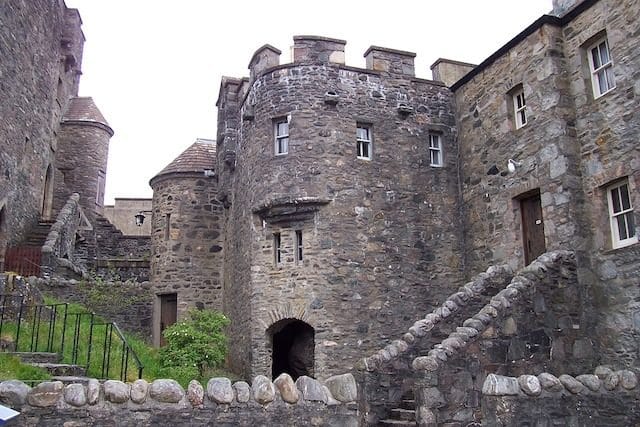
Your childhood dreams can rest easy for this one, because yes, castles often had ‘secret’ doors and entrances. Such a back door, called the Postern or Sally Port, wasn’t so much secret as it was small and very easily defended. The postern could be hidden, but it wasn’t a big problem if an enemy knew where it was. Unlike the main entrance, the postern didn’t need to be large enough for wagons and therefore could have sharp internal corners, nullifying the access needed for battering rams, or it could be securely blocked off with metal grates.
The postern would usually sit at the base of a castle wall and was therefore protected by the battlements above. This meant that these back doors would bottleneck any army trying to assault them, which explains why it was rarely ever done. But, they could still be a castle’s downfall. Several times in history, infiltrators or spies opened the postern to the enemy, such as what happened at the final siege of Corfe Castle in 1645.
3. Movie Castles Can’t Hold a Candle to the Real Things
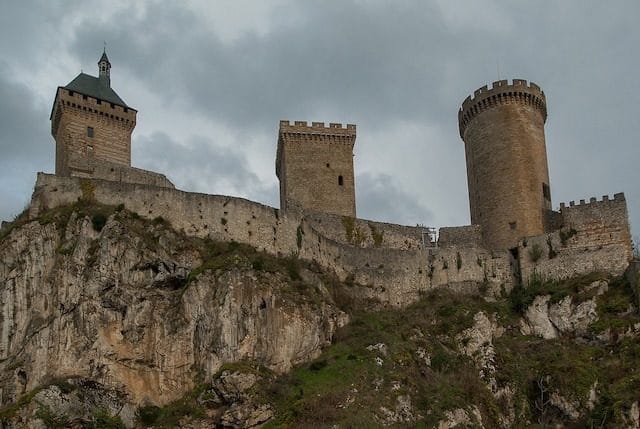
Films such as the Lord of the Rings trilogy, Ironclad, and Kingdom of Heaven show that defeating a castle or castle-like defenses was a simple matter of storming the walls, and that trebuchets could destroy castles within a short bombardment. In reality, taking a castle was far from a simple matter.
Committing to an all-out assault was the most extreme and unlikely option when trying to take a castle, as that option put most of the attacker’s men at serious risk. Rather, most sieges were slow and well-considered affairs. Those in the castles weren’t going anywhere, and if there was no sign of immediate reinforcements the attackers could take their time in building barricades, sometimes fully encircling the defending castle with a wooden wall.
The size of the trebuchet and the size of the castle wall mattered. If the trebuchet was too small and the castle wall too thick, the bombardment would do negligible damage. But if the trebuchet was big, it could do far more. The largest historical trebuchet was called Warwolf, and could throw a 90 kilogram projectile over 300 meters. What we need to remember, though, is that Warwolf was an exception, taking 54 men three months to build, and doesn’t represent the standard size or effectiveness of most medieval trebuchets.
It would take many hits from a trebuchet to destroy a castle wall as they were very, very thick. This process could take days to weeks, especially considering that several hits would be deflected due to the round design of castle towers. Then, even if there was a breach in the castle wall, this was far from a guarantee the castle would fall. The rubble left over from the wall doesn’t disappear, and still provides a decent barricade for those defending. In 1408, English forces under the command of the future king Henry V laid siege to Harlech Castle and bombarded it with cannons.
Historians deduce this destroyed the south and east parts of the outer walls (which were later rebuilt), yet even with the damage from cannon fire (and remember, cannons are far more powerful than trebuchets), Harlech only fell when it ran out of supplies and many of its defenders had died of starvation in February of 1409. Against greater numbers, cannons, and even having parts of the castle destroyed, the defenders of Harlech Castle held off the aggressors for nearly a year and only surrendered when they ran out of food. So clearly, breaching a castle wall didn’t mean the fight was over.
This is not to say that castles couldn’t be taken or destroyed, because historically many were. But it was much harder to do than what many people think.
2. Starving Out a Castle Was the Best Way to Take It

Most castles would have a cistern that would collect rainwater, or a well, and depending on how much food was stored, starving a castle wasn’t always viable. An approaching army allied to the castle would also have made a lengthy siege impractical, and force the besiegers to be more aggressive, resorting to bombardments and assaults in an attempt to take the castle before the other army arrived.
Still, if the besieging army could get away with it, they would simply choose to starve the castle out as this was a proven strategy with very little risk. An all-out assault, on the other hand, always carried the chance of complete failure and the loss of one’s army.
1. It Didn’t Take as Many People as You’d Think to Defend a Castle
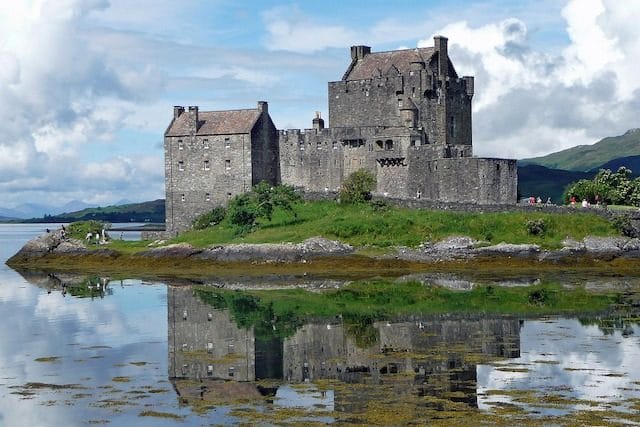
Believe it or not, it didn’t take that many people to properly defend a castle. An example of this is Harlech Castle’s standard garrison, which was comprised of only 36 men. Considering that castle would get besieged by armies numbering in the hundreds, to thousands, a garrison of 36 is a big contrast. Likewise, when Corfe Castle was besieged in 1645, it had only five soldiers and a few servants to defend it, yet they held out against an army of 300 for many days before being reinforced through the castle’s Sally Port.
Castles were built to enable those inside them to effectively repel attackers, and when properly designed they did their job amazingly well. While it’s true that the more soldiers the defenders had, the more likely they would be able to repel an assault, additional men weren’t always necessary and could prove detrimental in the long run. Castle assaults didn’t happen right away or very frequently during a siege. Like we’ve mentioned, sieges were slow and considered affairs that could last months or even years, and therefore the more people in a castle meant the more resources they would consume (remember, starving a castle is a lot harder when there are fewer mouths to feed). This meant that any non-essential resident or servant in the castle would be sent away if a siege was imminent and it was practical to do so, and the castle would only keep those soldiers that it could sustain for an extended period of time.
Bonus fact!
Castle walls were very, very thick.
This might seem obvious, but many people don’t realize just how thick proper fortified castle walls were. The main curtain walls were generally four meters thick with no internal rooms or cavities, though there are many cases of these walls being even thicker.
This made demolishing such walls with siege engines like trebuchets a difficult and lengthy endeavor. Most other walls were two meters thick. The walls facing the inside bailey or ward of a castles’ layout could afford to be thinner, but in these cases they would rarely be thinner than a meter.
2 Comments
Hey..they didn’t mention siege engines! If an army could get their siege engines close enough to get men over the wall, they might be able to do significant damage and open the gates to let the rest of their men in!
Right on, bros